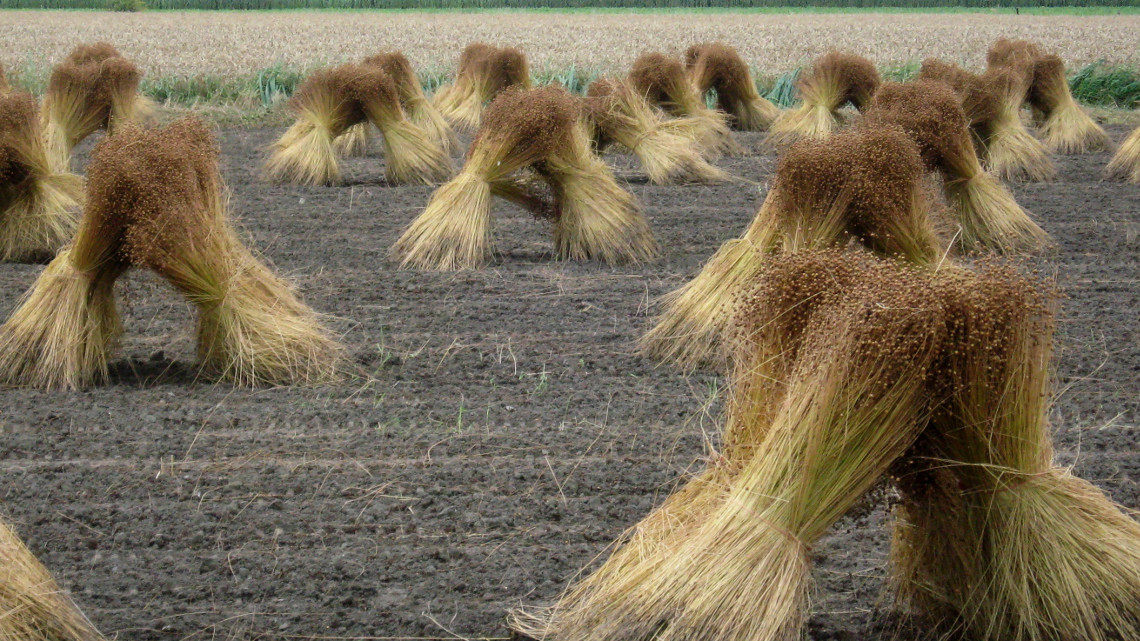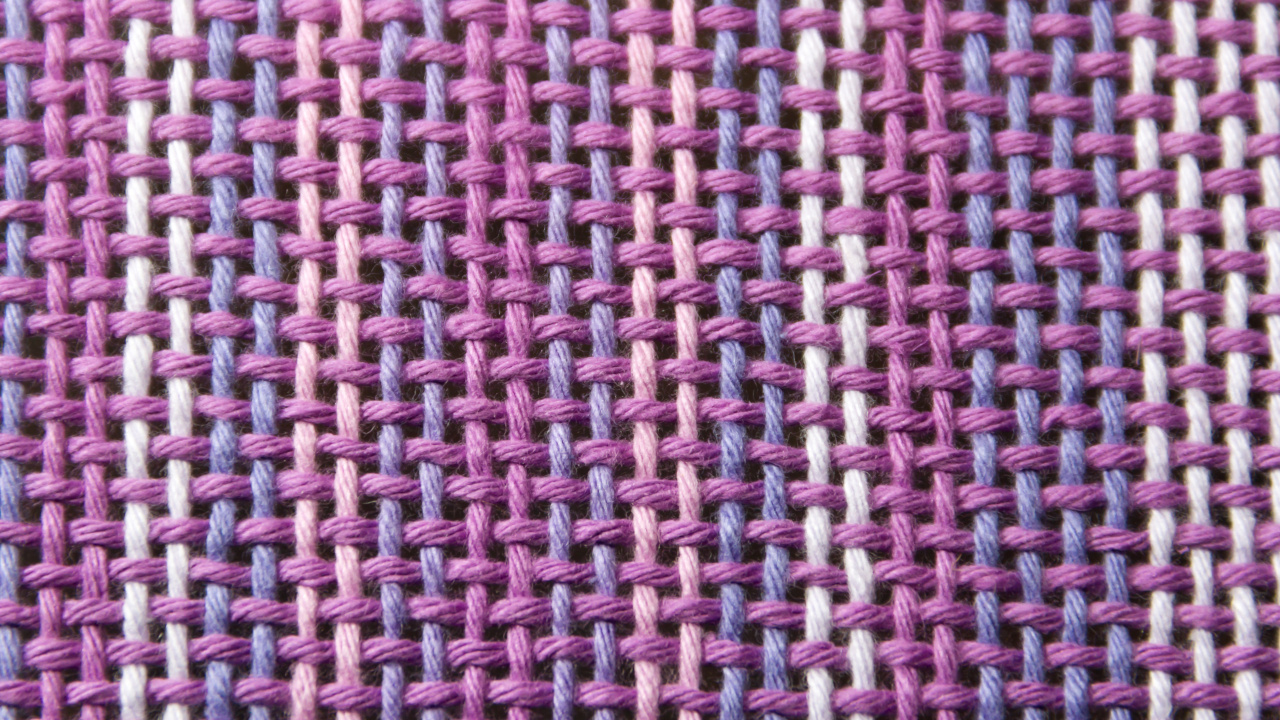
Flax, also known as linseed, is a fibrous plant that was used as the basic raw material for textiles for hundreds of years, before being eclipsed by cotton. But for some time now, flax has been drawing attention again: Specifically, materials researchers are discovering new potential in it. The very stiffness and durability of the fibres that is something of a disadvantage for textiles is what the scientists are looking for in order to create new composite materials. "The plant has a thin stalk that is extremely rigid. If there is a need for lightweight construction, such as in the automotive industry, one needs fibres that are very strong and rigid, and at the same time light," explains Jörg Müssig from the Bremen University of Applied Sciences.
Flax fibres for new composite materials
As part of the international 'FIBRAGEN - Flax for Improved Biomaterials through applied Genomics' joint project, and together with molecular biologists, plant breeders and materials researchers from France, Spain and Canada, Jörg Müssig and his team investigated how flax fibres can be optimized through breeding for use in composite materials. The research project ran from May 2011 until March 2015, funded by the countries concerned. The Federal Ministry for Education and Research (Bundesministerium für Bildung und Forschung) contributed around 180,000 euros.
A toolbox for breeders
It has long been known that flax fibres have excellent technological properties. "Flax fibres were already being used in tiles as strengtheners in Ancient Egypt," points out Müssig. Nevertheless, the use for textiles predominated over a long period. Meanwhile, flax fibres have advanced to become an alternative to glass fibre composites in the automotive industry as well as for sports equipment manufacturers. Despite this trend, flax breeding is still focussed on textiles. "So the goal of this project was to provide breeders with a toolbox that will support them when it comes to targeted breeding for technical applications in the future," explains the materials expert from Bremen.
Within the project, the task of the team from Bremen was to classify the flax varieties and investigate their suitability for use in composite materials. The German team cooperated with researchers from France and Spain here. The sequencing of the genomes of the individual flax varieties, on the other hand, was mainly in the hands of French molecular biologists from the University of Lille assisted by Canadian colleagues from the University of British Columbia.
Ten types of flax in the composite material test
We studied the effect that a given fibre had in the composite material," reports Katharina Haag, a member of the scientific team working on Fibragen. Ten different flax varieties were under investigation, most of them originating from France. In Bremen, the plant varieties were classified according to the mechanical and morphological properties of their fibres, and then ranked on the basis of the results. "This was preceded by an extremely long and complicated data analysis to establish what kind of parameters influence these properties."
The evaluation yielded these results: In order to better exploit the potential of flax fibres as renewable raw materials in composite materials, both the cultivation conditions as well as the subsequent treatment need to be optimized. The fibres are separated from the stalks of the plant by means of so-called retting. This simply means that the harvest is left on the field for several weeks. "In order to get at the fibres more readily, one uses the microorganisms present on the field. They decompose the cell wall components without attacking the fibres," explains Müssig. This separates the fibre bundles from the rest of the plant tissues.
The retting is a decisive factor for the quality of the flax fibres
Flax can be grown practically everywhere, but the quality of the fibres depends greatly on the retting process. What is needed is the right balance between humidity and dryness. "Too much humidity damages the fibre. It needs to be near the coast, where the stalks alternatingly get covered with dew at night and then dry off during the day." As a uniform quality is essential for fibre production, the various plant varieties were studied by the researchers over a period of two years.
The quality of the flax fibres is also influenced by the kind of treatment to which they are subjected. "These treatment techniques affect the lengths of the fibres in different ways. Therefore we tested the types in respect of differing composition techniques," explains the expert. Thus in France and Spain the techniques of compounding and injection moulding as well as vacuum infusion with short fibres were used, whereas in Bremen composite materials were made using a pultrusion technique from fibres that were not cut to size beforehand.
As a result, the researchers now dispose over a large pool of information that they can make available to the breeders with a view to optimizing flax fibre cultivation. "Now the breeders know that certain kinds perform better during the retting phase, and the fibres can be extracted more easily and then processed into composite materials while sustaining little or no damage," concludes Müssig.
The winner: flax fibre Diane
The flax variety 'Diane' ranked best over the course of the two test years in all three processing 'disciplines', and considerably better than the average. In comparison with the other nine varieties, it displayed especially good suitability for composite materials in terms of strength and rigidity. For Müssig there is no doubt: "If Diane can be processed under optimal conditions, it already has the potential for use in high-end technological applications." But even with this variety, the prerequisite for a high-quality fibre is that the retting takes place under optimal conditions and the separation is performed carefully.
Replacing glass fibres by flax
As part of the research project, French scientists also completely decoded the genomes of the individual flax varieties. However, it is still not clear which genes are responsible for the strength and rigidity in each case, and also not clear which type has the best cell wall composition to promote uniform retting. Now these questions are to be addressed by correlating the genome data with the data gained in Bremen. Even today, flax fibres have a great potential for use in technical applications – assuming that the harvest and treatment are optimized. Müssig notes: "Wherever composite materials are subjected to bending loads, flax fibres can present an alternative to glass fibres."
Author: Beatrix Boldt


